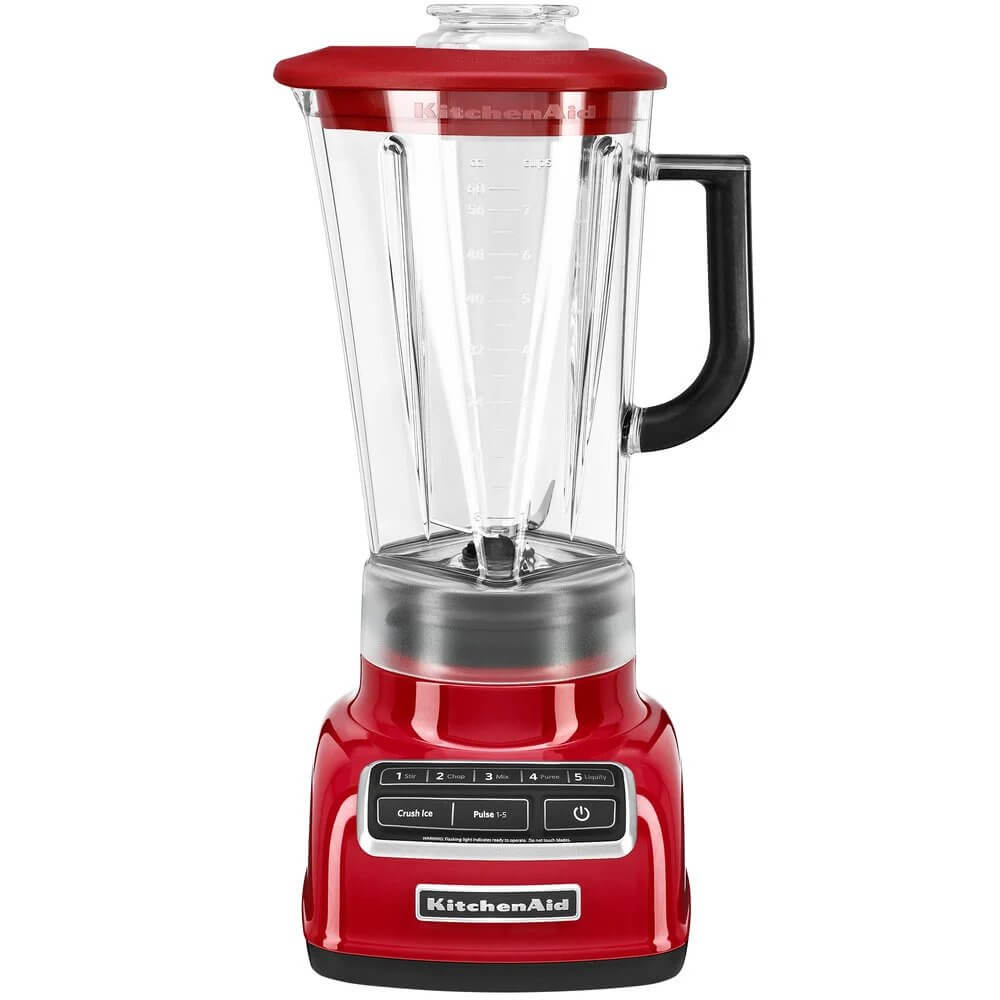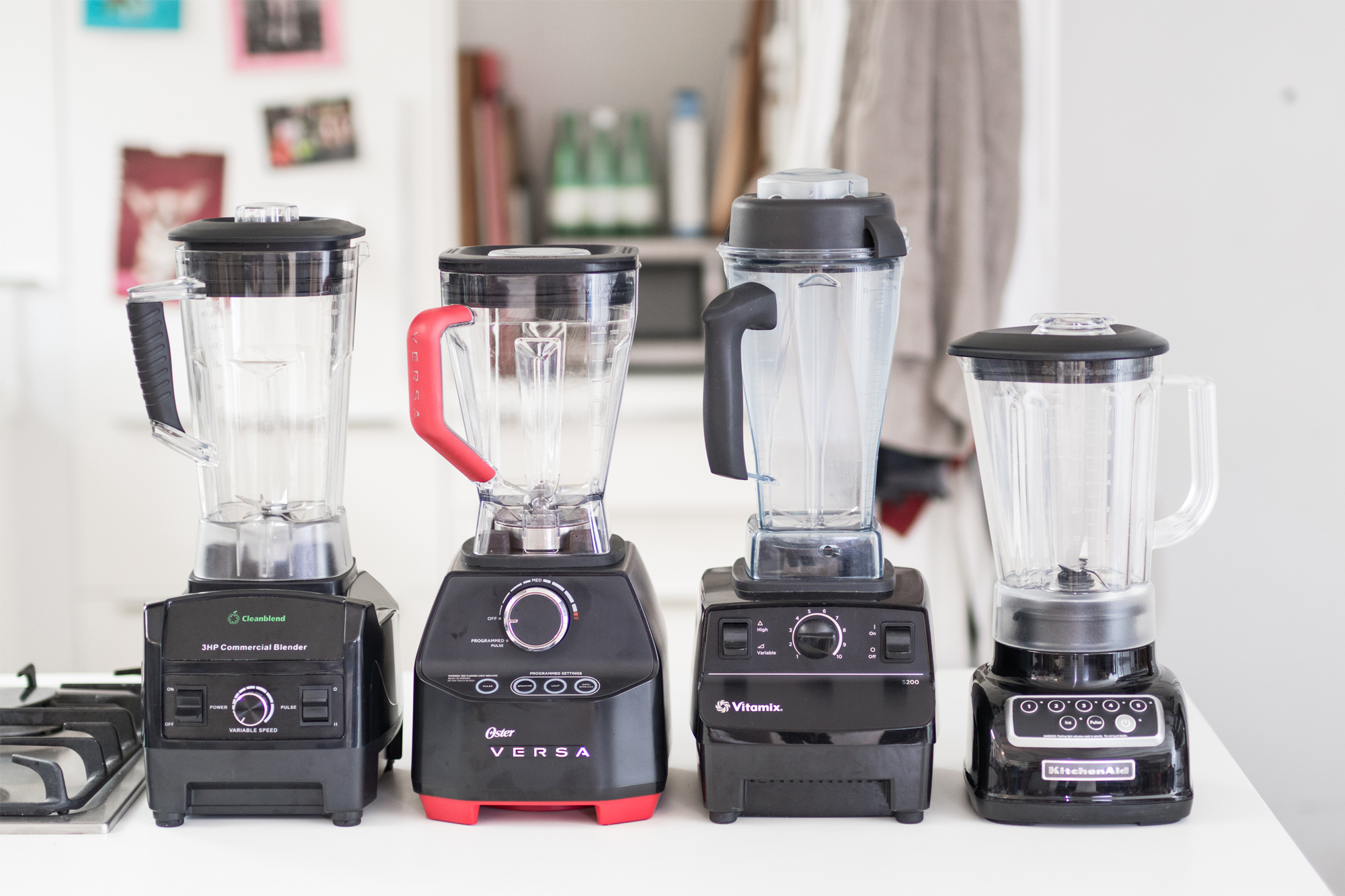

If you don’t have that time, though, is “hyper-decanting” in a blender just as good? Too much aeration can lead to oxidation, so watch the clock. For optimal results, all wines should rest for 15 to 20 minutes in a decanter before serving. It’s often associated with red wines, but that doesn’t mean that white wines and rosé should be neglected. The wine is often placed in a funky container - often with a wide base and thin neck - to aerate the delicate liquid.

Oh, and a fancy decanter looks nice at a party, too. It also softens any harsh tannins and heightens aromatics. The simple answer: If you care at all about your drinking experience, don’t stick a bottle of high-end vino in the blender.Īt the surface level, traditional decanting is intended to open up the wine’s aromas and flavors before it’s enjoyed. Spoiler alert, if you’re six months behind on your “Succession” viewing: In the third season of HBO’s dark drama series, Connor Roy advocates for “hyper-decanting” wine in a blender to age it “five years in ten seconds.” So, should we all be hyper-decanting?

“You don’t hyper-decant? You’re just doing regular decanting?”


 0 kommentar(er)
0 kommentar(er)
